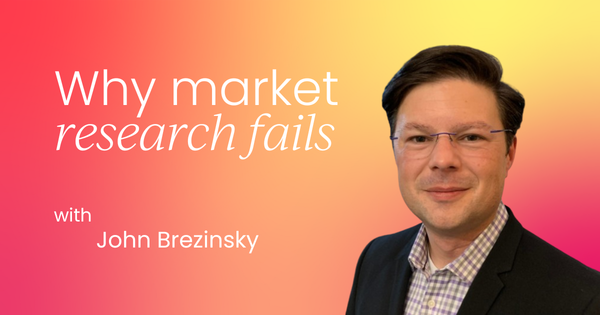Let me share something I've learned over nearly two decades in B2B marketing: we're sitting on goldmines of market intelligence, but most of us are barely scratching the surface.
I've watched our industry evolve through multiple recessions, the birth of SEO, the death and re-birth of direct mail, and now the AI revolution.
Yet one truth remains constant: as long as humans make buying decisions based on information from other humans, understanding your market is everything.
The uncomfortable truth about market research
Here's what keeps me up at night: your sales team talks to your market every single day. So does your customer success team. Your professional services team? They're having deep conversations with customers right now.
But where does all that intelligence go?
If you're like most companies, it disappears into the ether. Maybe it lives in scattered CRM notes. Perhaps it's buried in Slack messages. Or worse, it stays locked in individual minds, never shared with the broader team.
You’re not failing to collect data.
You’re failing to systematically capture, analyze, and act on the intelligence you already have. And when research does fail, it’s usually for a different reason: too small a sample, leading questions, or executives trusting their gut instead of the data.
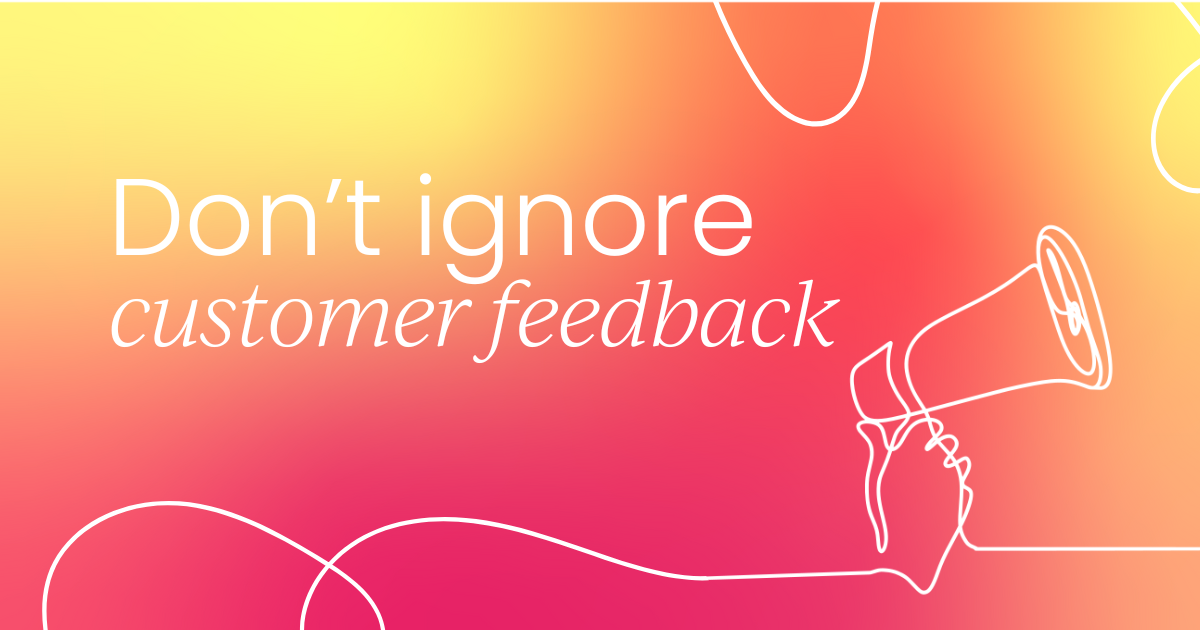
When to trigger a market research project
After years of running research initiatives, I've identified clear signals that demand immediate attention:
Your pipeline is telling you something
When your win rate changes unexpectedly, that's your market sending you a message. Maybe you're suddenly losing to a specific competitor.
Perhaps your sales team is hearing objections they've never encountered before. These shifts in your pipeline aren't random. They're symptoms of deeper market changes you need to understand.
The annual refresh nobody does (but everyone should)
If your team isn't conducting at least annual research projects, you're flying blind. Markets evolve constantly. Your competitors release new features. Your buyers' priorities shift. Their KPIs change.
Without regular research, you're making decisions based on outdated assumptions.

Something feels different
Sometimes it's just a gut feeling. Multiple team members mention hearing "something new" from prospects. Each person only heard it once, so they don't think it's significant. But when you aggregate these signals? That's when patterns emerge.
The two-pronged approach to market research
Let me break down the fundamental tools in our research toolkit:
Quantitative research: finding the "what"
This is where we look for patterns at scale. Think surveys with closed-ended questions that generate charts and spreadsheets. You want numbers that tell you what's happening across your entire market.
The magic number? Around 375 responses for a 5% margin of error. Google "margin of error calculator" if you need specifics for your situation, or try this one.
Qualitative research: uncovering the "why"
This is where the real insights live. One-on-one interviews. Small group discussions. Open-ended questions that let people share what's really on their minds.
You're not looking for statistical significance here. You're looking for depth of understanding.
A practical framework for market research
How do we combine quantitative and qualitative into a comprehensive program? Here’s one way to structure it.
Start with qualitative when you lack hypotheses
Lost a string of deals and can’t figure out why? Start by talking to the people who just told you “no.” Assure them you’re not trying to revive the deal. You just want to understand their decision-making process.
Six to ten interviews are usually enough to spot early patterns.
If everyone’s saying similar things, you’ve found your thread. If answers are all over the place, either your questions need refining, or you’ve uncovered multiple segments without realizing it.
Use quantitative research to validate hypotheses
Once you have theories about what’s happening, roll out a survey. Test your hunches at scale. Confirm or disprove what you think you know. The combination of qualitative insights and quantitative validation gives you the confidence to act.
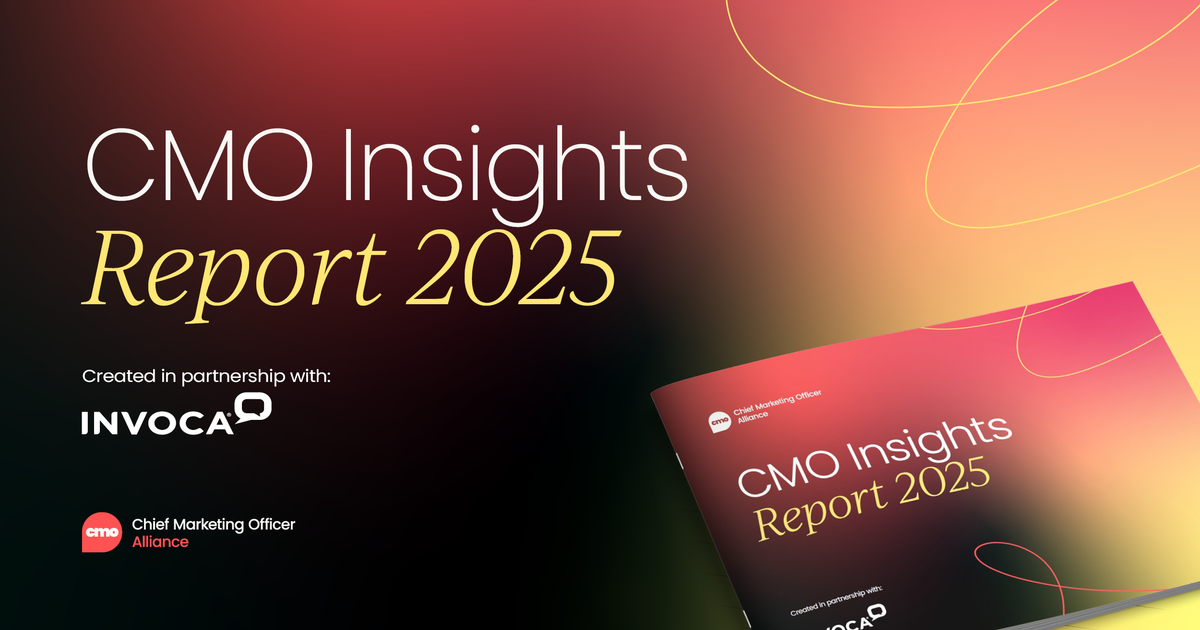
Select the right participants
Surveys can show you what’s happening, but they can’t always tell you why.
That’s where follow-up interviews come in: to dig deeper into the patterns revealed by your data.
When you do these, focus on the “average” respondents, not the outliers. You’re after the typical experience, the common challenges, the standard decision-making process.
And here’s the question everyone asks: how many interviews do you need? The real answer: it depends less on the number and more on who you’re talking to. If your interviewees are all good representatives of a single segment, a handful can stand for the whole group.
But, as mentioned before, if you mix participants from different segments, you’ll hear conflicting stories that look like market confusion, when really it’s just a segmentation issue.
How AI is revolutionizing market research
Yes, we need to talk about AI. But not in the way you might expect.
AI as your research assistant
Think of AI as your tireless analyst who never sleeps. It can:
- Aggregate scattered intelligence: Pull together insights from G2 reviews, CRM notes, Slack messages, and emails
- Detect patterns humans miss: Identify trends across thousands of data points
- Update competitive analyses automatically: Keep your intelligence fresh without manual effort
AI as your sparring partner
After running your initial analysis, ask AI to review the same data independently. What conclusions does it draw? You don't have to agree, but it might spot connections you overlooked.
The human element remains critical
Let me be clear: AI should not build your personas from scratch. As of 2025, AI still hallucinates more than we'd like (though this has improved).
Use it for time-saving tasks like transcription and initial pattern recognition. But humans must make the final decisions about what the data means.
Getting stakeholder buy-in for market research
Research costs money. Surveys, incentives, software, time. Here's how to secure support:
Lead with problems
When churn spikes or new sales tank, leadership meetings inevitably ask "what's going on?" This is your moment. Propose asking the market directly. Frame it as the missing data point that complements your CRM analytics.

Position annual research as insurance
Pitch regular research as protection against surprises. You can't afford to let your pipeline suddenly crater. You need ongoing intelligence to spot trends before they become problems.
Three advanced techniques most teams miss
Open-ended questions in quantitative surveys
Ask respondents to list three industry trends in text boxes. With 300 respondents providing three answers each, that's 900 qualitative data points. AI can help you analyze the patterns.
The stereotype technique
During persona interviews, ask about their perceptions of other departments. "Tell me about those people in product marketing. Stereotypically, what are they like?"
The discomfort fades quickly, and you'll gain deep psychological insights about how your personas view their world.
Trust but verify
Your sales team's insights are invaluable. But they're not gospel. One salesperson hearing something six times will ring every alarm bell.
But if nobody else heard it? Maybe it's not a trend. Always confirm internal intelligence with direct market research.
The path forward
Market research isn't just another task on your to-do list.
It's your direct line to the people who matter most: your customers and prospects.
Whether you're troubleshooting pipeline problems, maintaining market awareness, or creating thought leadership, talking directly to your market provides insights no other data source can match.
The tools have evolved. AI accelerates our analysis. Digital platforms expand our reach. But at its core, market research remains beautifully simple: ask good questions, listen carefully, and act on what you learn.
Start small if you need to. Run one qualitative project. Survey your lost deals. Interview your newest customers. But start somewhere.
Because in a world drowning in data, the companies that win are those that turn market intelligence into market advantage.
And that journey begins with a simple decision: to stop guessing and start asking.
Join our growing community of CMOs and marketing leaders to network with your peers, make lasting connections, share your insights, ask for advice, and so much more.
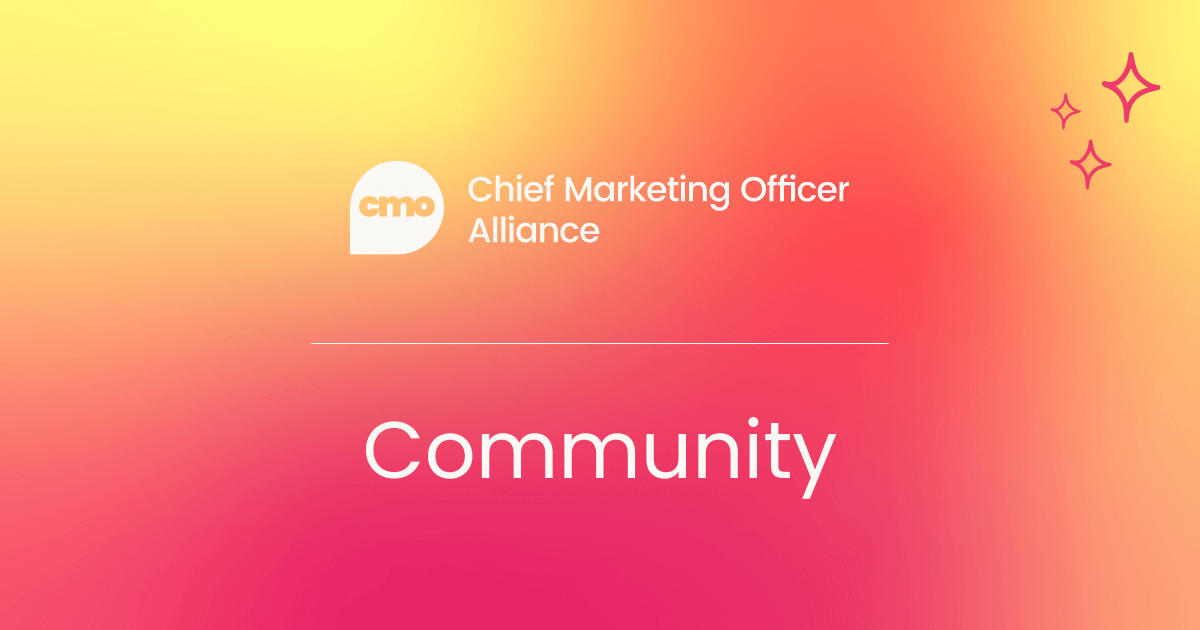






.png)



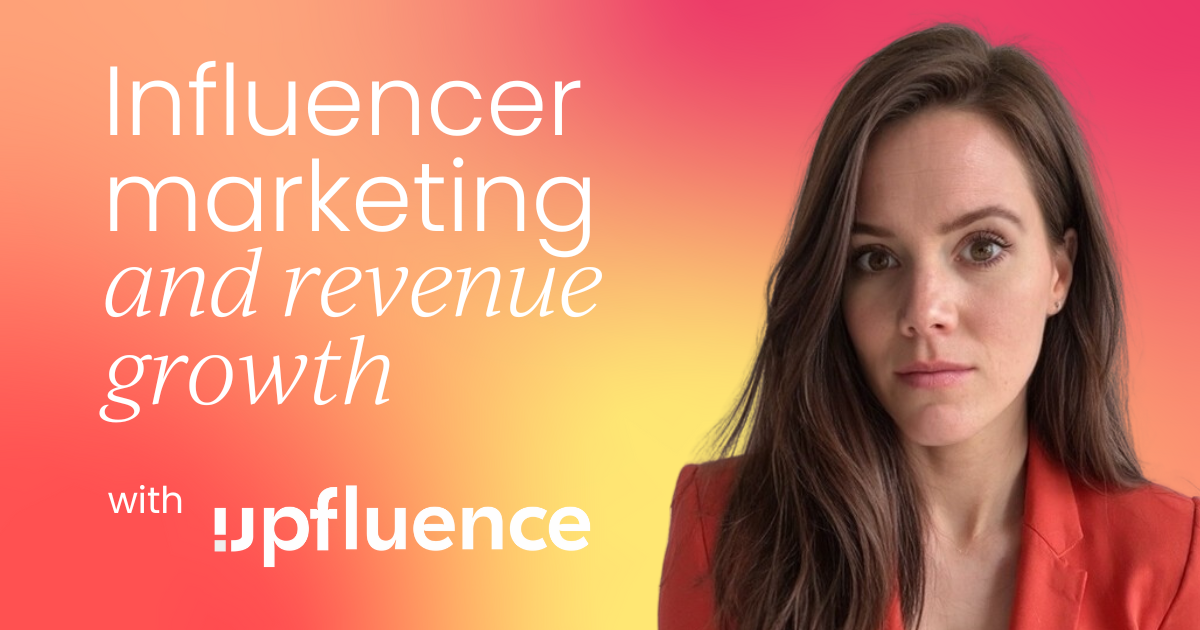





 Follow us on LinkedIn
Follow us on LinkedIn






